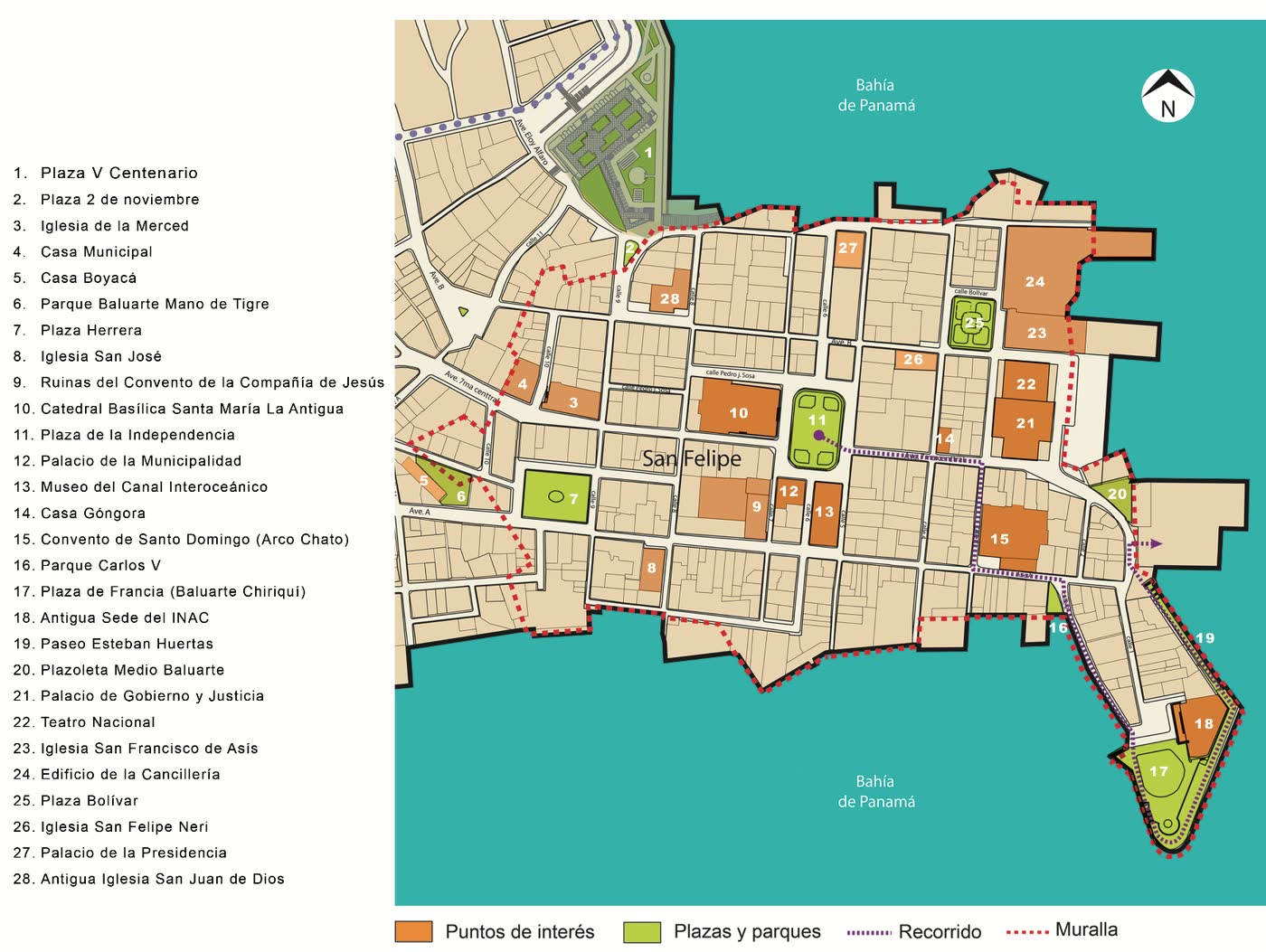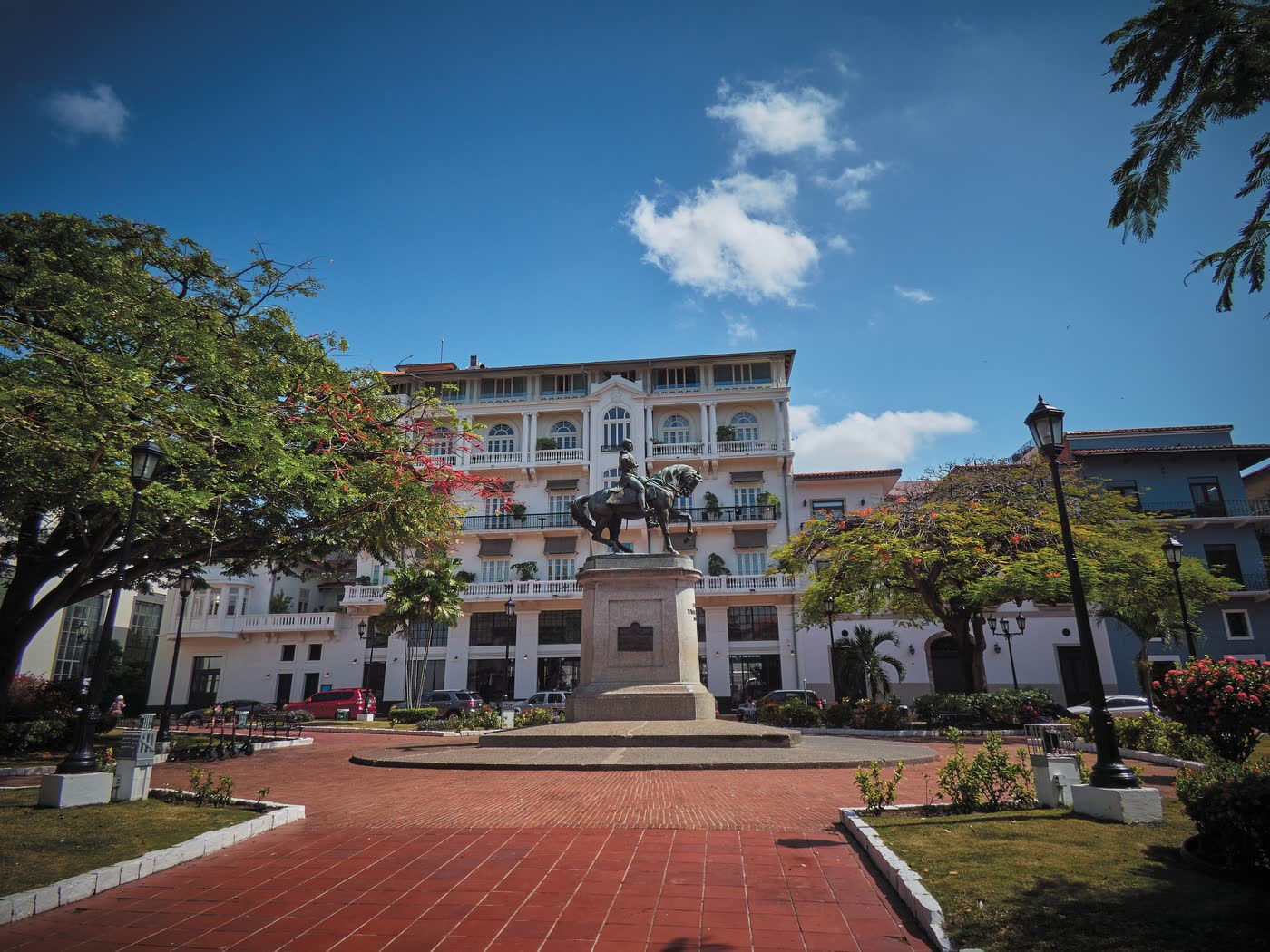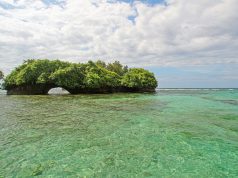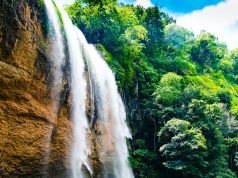Plazas, Churches, Museums and a Dazzling Theater
Listed as a UNESCO World Cultural Heritage Site, the district dates back to 1673 and features busy squares and picturesque brick-paved streets lined with colorful buildings. The area is ideal for walking, learning about the history of Panama and enjoying excellent cuisine.
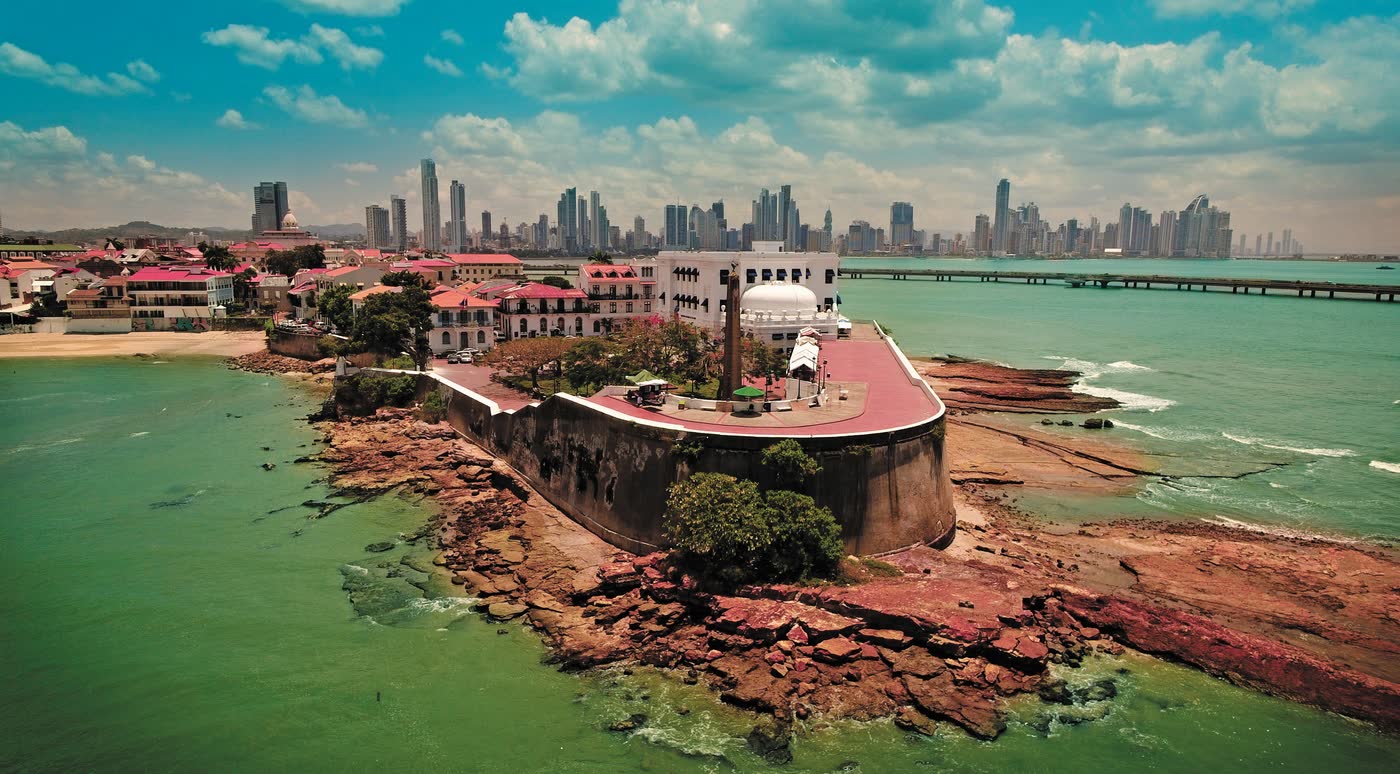
National Theater
The National Theater of Panama City is one of the most popular and important architectural works in the country. This place of neoclassical architecture was built in what was previously an old convent of nuns. This was built in 1904 and its director was the Italian architect Giusseppe Ruggieri together with the construction engineer Florencio Harmodio Arosemena.
The theater lasted about 4 years under construction, inaugurating in 1908 at the inauguration of Don Jose Domingo de Obaldia as president of the republic. The first staging of this theater was Aida the play.
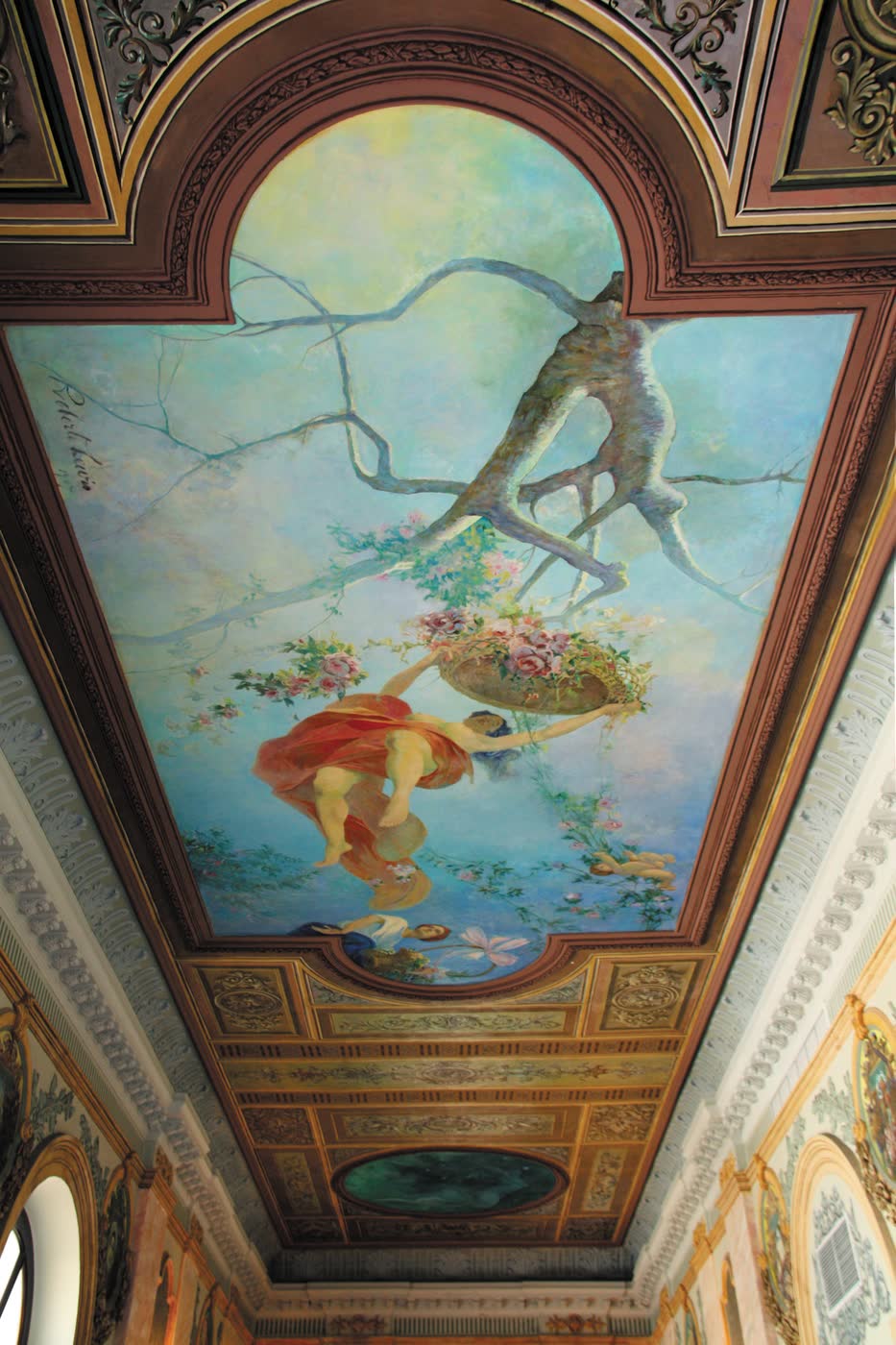
The theater is a place worth visiting, not only because of the history that is found, but also because it is a very beautiful place. Here it is possible to enjoy symphonic concerts by local and international musicians as well as artistic expressions from all over the world, as well as ballet and great plays. To keep up to date with the Calendar of Events, go to: www.teatronacional.org.
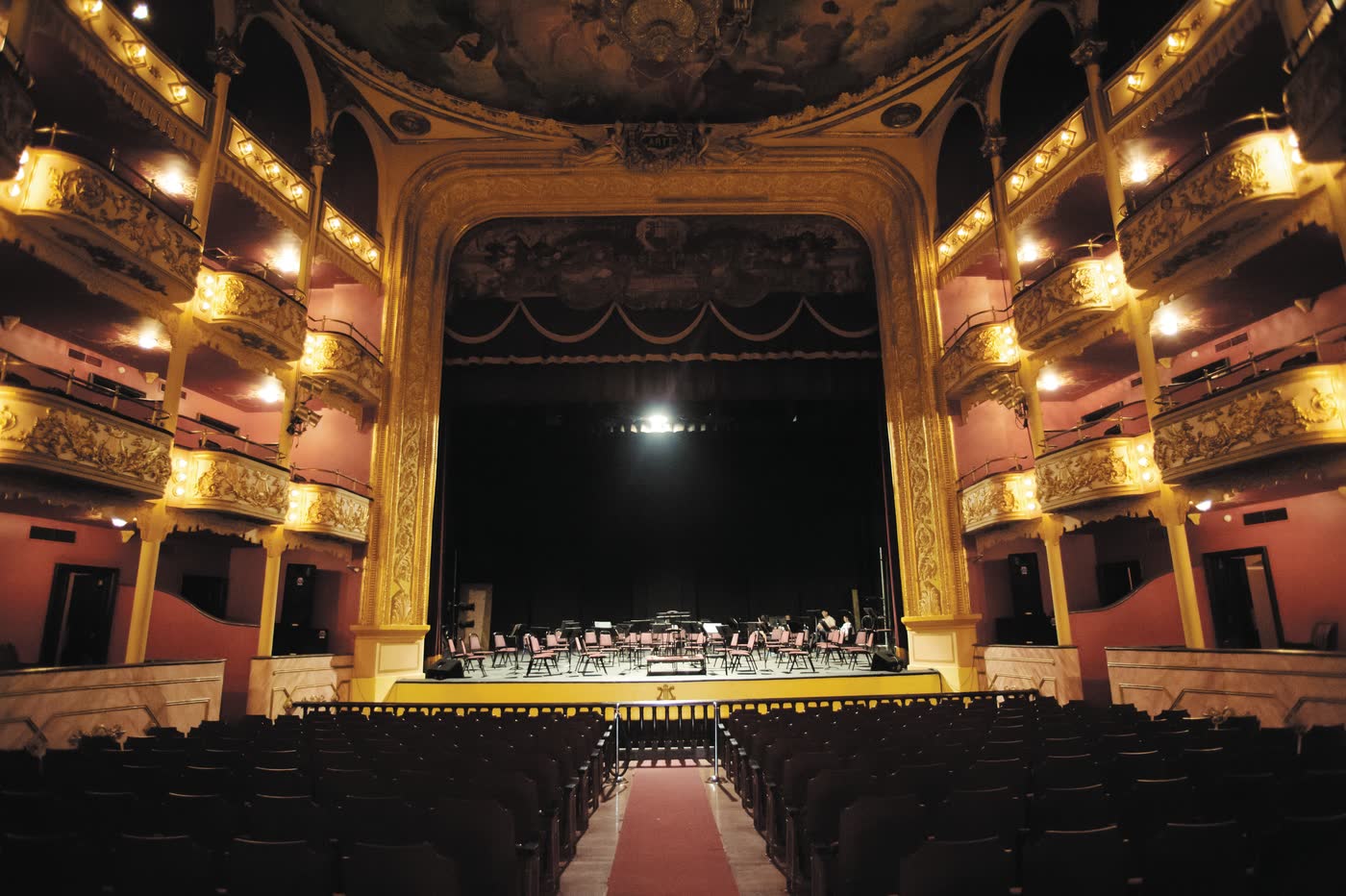
Museums
Casco Antiguo is the place with the largest number of sites where it is possible to learn about the history and cultures that have helped shape the country today. Places that are worth visiting to get to know the heart of Panama in depth.
- Mola Museum (MUMO)
It is a space to appreciate the molas as cultural works of art, which transcend their utilitarian function, as part of the traditional dress of Guna women. The visitor is able to learn about the evolution of the mola, explore the aesthetic values, know how they are made, their meaning, and at the same time, allow them to make their own mola.
- Interoceanic Canal Museum
It has eleven exhibition rooms that tell the story of one of the greatest engineering feats of all time, going through its many changes, including the transfer from France to the United States. It also exhibits what life was like for the American citizens who lived in the Canal Zone.
- Museum of History
The Museum of History of Panama exhibits documents and pieces from the colonial, departmental and republican periods of Panama. A crucial place to visit if you want to better understand the history of Panama.
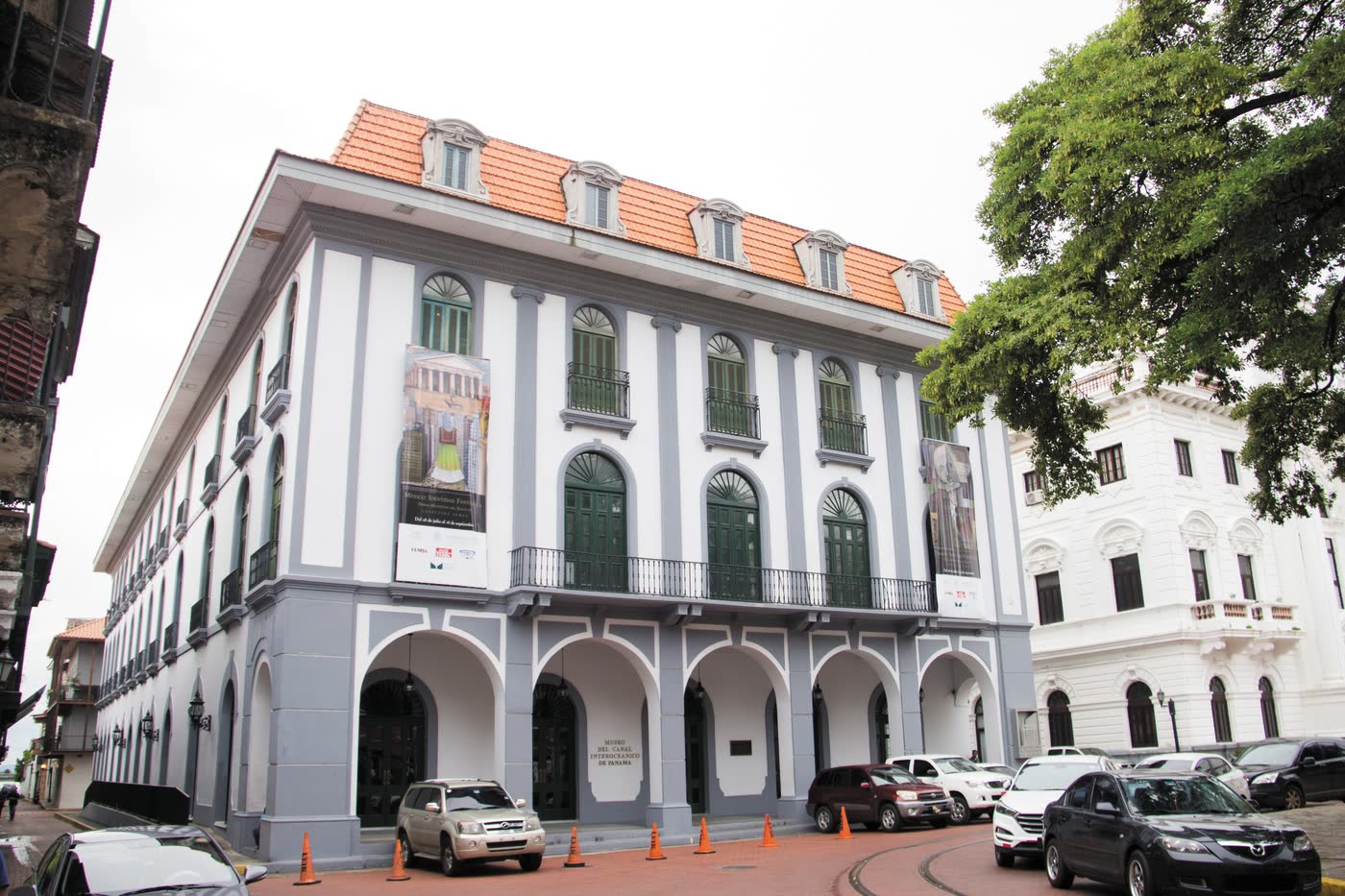
- Museum of Yesteryear
Casa Catedral is an antiques museum where you can interact with the culture and entertainment of Latin American history from the 1930s. It has a collection of classic cars and music that sets the scene for a residence with more than 400 years of history.
- Religious Art Museum
Built in the second third of the 18th century and restored by the National Directorate of Historical Heritage in 1974. This museum presents a variety of pieces, almost all made by the hands of talented artisans from Ecuador, Lima and Spain, who lavished of his skill with goldsmithing materials and wood.
Historic Plazas
Casco Antiguo has plazas that narrate the history of Panama from colonial times until after it became a nation. A good reason to walk its streets where it is also possible to enjoy a wide gastronomic offer.
- Plaza Herrera
Originally it was known as Plaza del Triunfo and was used for bullfights. In 1887 it was renamed in memory of Tomas Herrera, a national hero who participated in the emancipatory feat of South America. In the center the visitor will find a high granite pedestal with the bronze equestrian statue of the general.
- Plaza Bolivar
It received its current name in 1926, on the occasion of the centenary of the Amphictyonic Congress. The bronze sculpture honors the Liberator with the flags of Argentina, Chile, Bolivia and Colombia, accompanied by reliefs that represent the emancipation of the slaves, the proclamation of the Liberator as father of the country, the cry of American independence and the passage of The Andes.
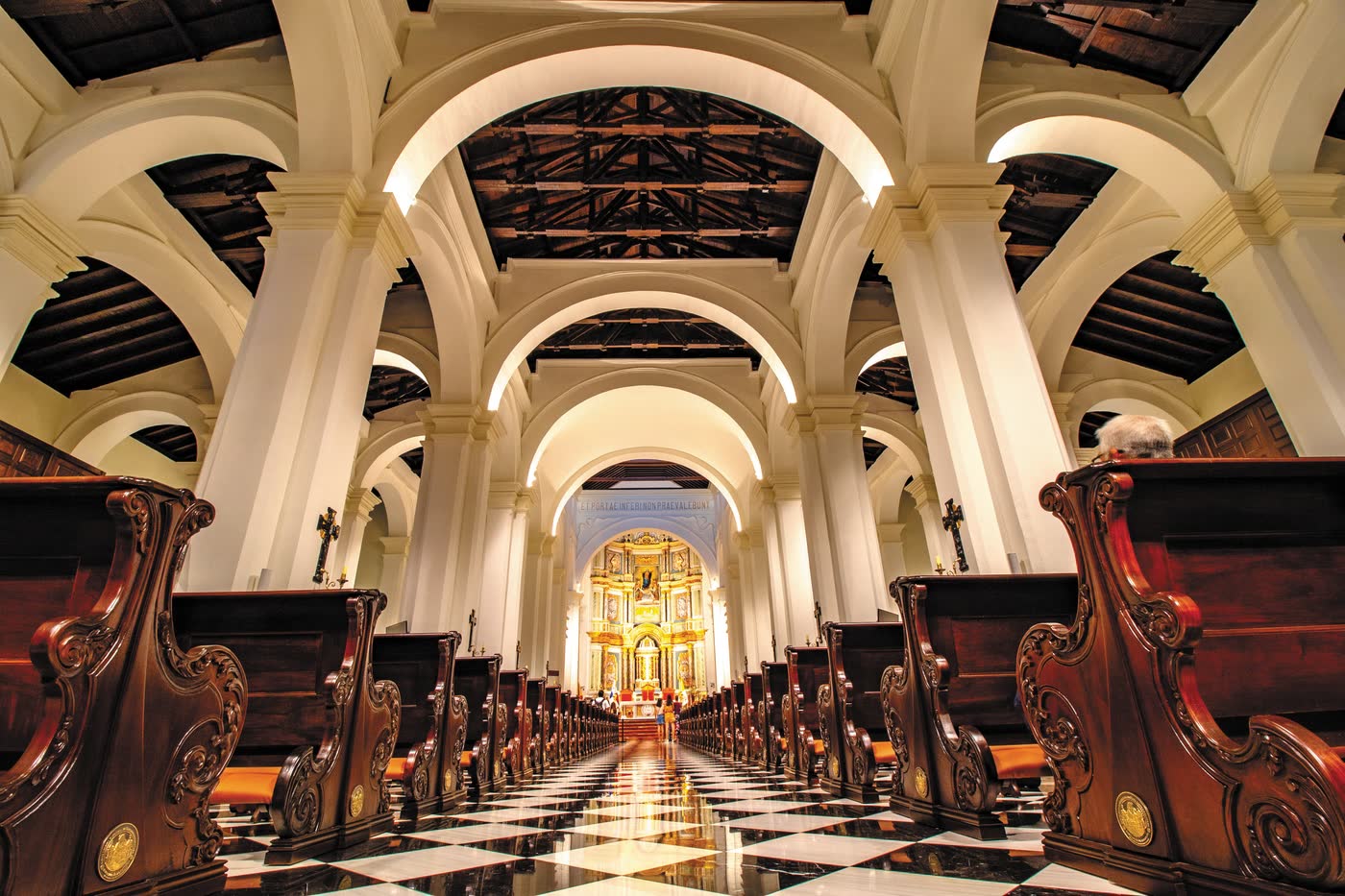
- Plaza de Francia
This site corresponds to the tip of the city’s peninsula, which was known as Punta de Chiriqui. Originally, it was a rammed earth parade ground for military use; later, it was also used as a prison. It maintained these functions until the beginning of the 20th century.
President Belisario Porras changed its name to Plaza de Francia, in remembrance of the failed French attempt to build the canal.
- Independence Plaza
Popularly known as Plaza de la Catedral, it is the main public space in Casco Antiguo. In this place, great milestones in history have been celebrated, such as the independence from Spain and later from Colombia.
The Plaza is surrounded by the main historical buildings such as the Cathedral, the Municipal Palace and the Panama Canal Museum. It is located in the center of the Old Town, 150 meters from Plaza Bolivar and 400 meters from the Vaults of Plaza de Francia.
Historic Churches
In Panama, as in many Latin American countries, the number of religious monuments that it has is large and each one has a history that enriches this sector that is one of the favorites among tourists
- Cathedral Basilica Santa Maria La Antigua
Its initial location was Santa Maria La Antigua del Darien, but in 1520 it was moved to Panama Viejo.
The building still preserves objects from the Church of in Darien and its towers became the highest in Latin America.
- San Jose Church
Built in Panama Viejo in 1612 and burned during a pirate attack in 1671. It was then built between 1671 and 1675 as a Colonial Church in the new city. It is even recognized worldwide for its baroque altar carved in mahogany and covered in gold in 1915.
- San Francisco de Asis Church
The structure was built in the 17th century and almost destroyed by the fires of 1737 and 1756. It was almost completely renovated in 1918, since then it has had its current structure.
This is where the first Constituent Assembly met. In the chapter house of the convent, the Amphictyonic Congress convened by Simon Bolivar was held to approve the protocols of the isthmus within Gran Colombia.
- San Felipe Neri Church
Its construction dates from 1688, long after the relocation of the city to its new location and after the capture, burning and looting of Panama la Vieja by the pirate Henry Morgan in 1671.
- Santa Ana Church
The Santa Ana church is the only one that, belonging to Casco Antiguo, is not within its walls, but its entrance is outside. The Count of Santa Ana built it with his own funds and was finally consecrated in 1764.
- John Paul II Chapel
Also known as the Chapel of the Presidency. Despite having a capacity for 192 people, it is solely for presidential use. Although its access is restricted, can be visited on Holy Thursday and Friday.
